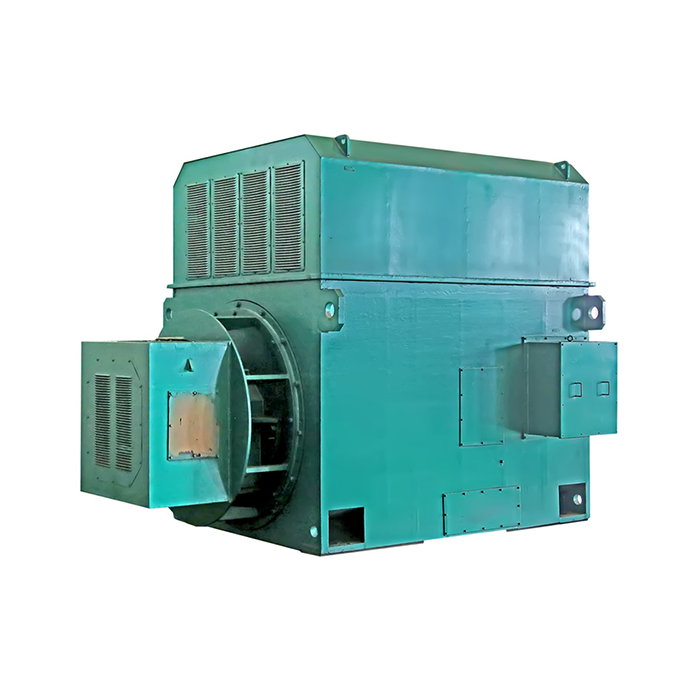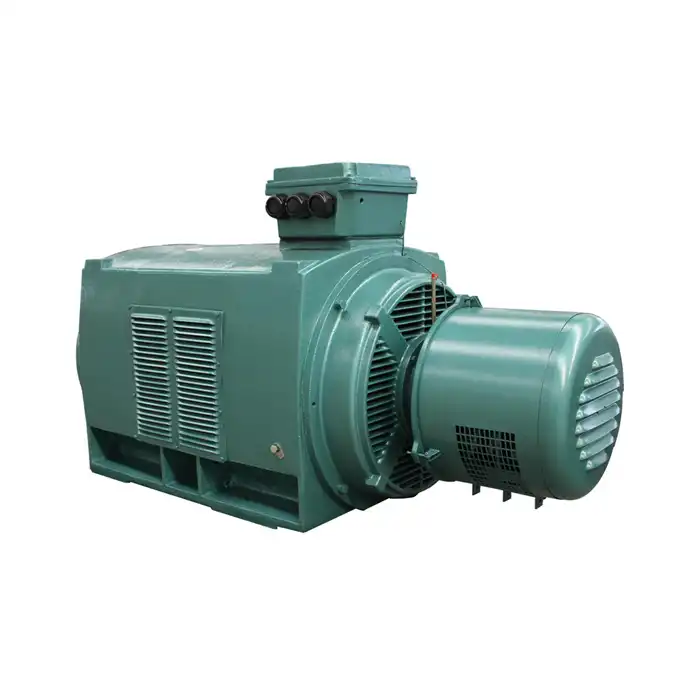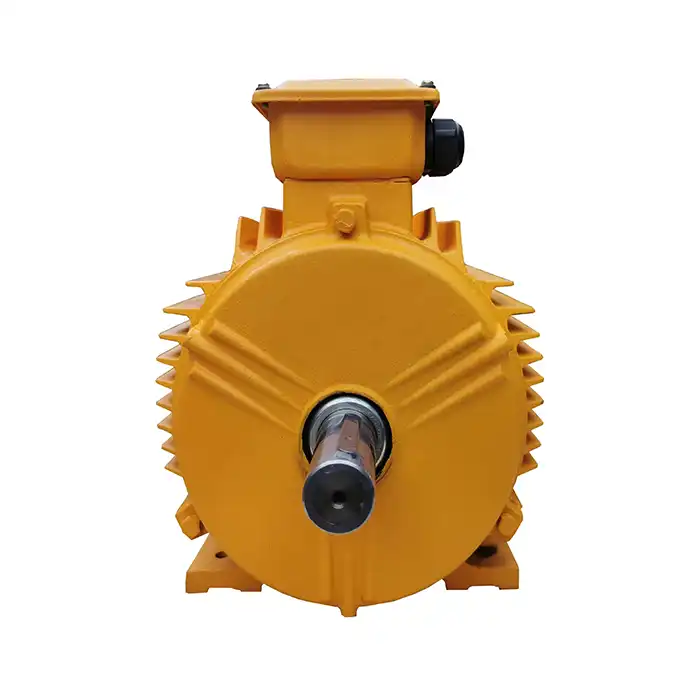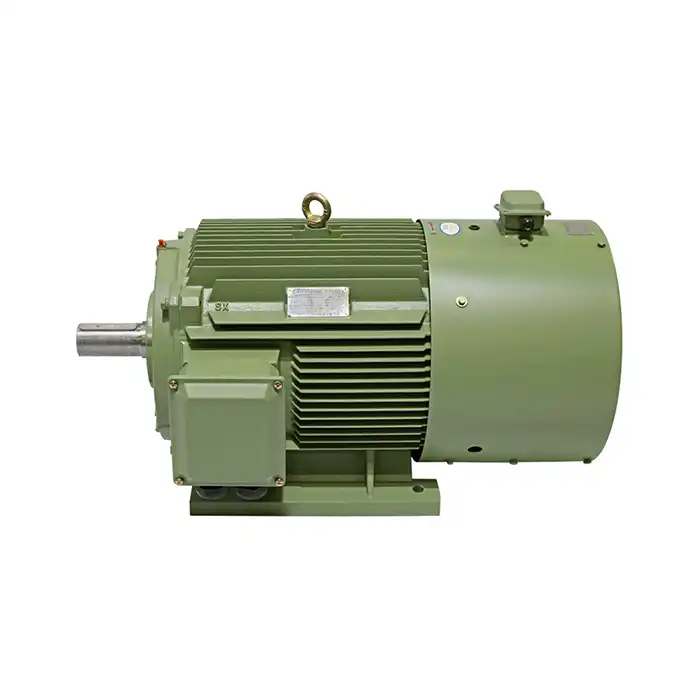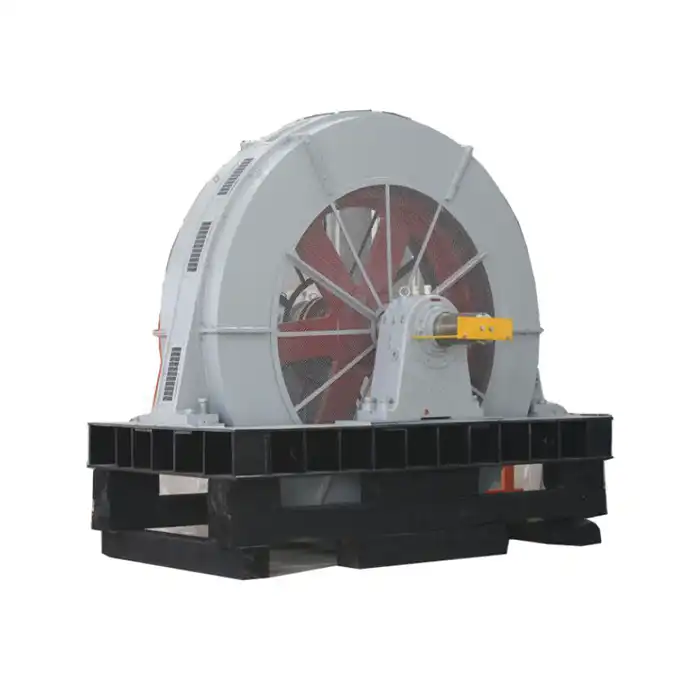What is the importance of thermal management in inverter duty induction motors?
Thermal management plays a crucial role in the performance, efficiency, and longevity of inverter duty induction motors. These specialized motors, designed to operate with variable frequency drives (VFDs), face unique challenges when it comes to heat dissipation. Understanding the importance of thermal management can help industry professionals optimize motor performance and prevent premature failures. In this comprehensive guide, we'll explore the critical aspects of thermal management in inverter duty induction motors, including thermal class ratings, harmonic heating, and best practices for maintaining optimal operating temperatures.

How thermal class ratings affect motor lifespan
Thermal class ratings are a fundamental aspect of motor design and significantly impact the lifespan of inverter duty induction motors. These ratings, often referred to as insulation classes, indicate the maximum temperature that the motor's insulation system can withstand without degradation.
The most common thermal class ratings for inverter duty induction motors are:
- Class B (130°C)
- Class F (155°C)
- Class H (180°C)
Higher thermal class ratings allow motors to operate at higher temperatures without compromising insulation integrity. This is particularly important for inverter duty induction motors, which often experience temperature fluctuations due to varying speeds and loads.
The relationship between thermal class ratings and motor lifespan is governed by the "10-degree rule." This rule states that for every 10°C increase in operating temperature above the rated temperature, the insulation life is reduced by half. Conversely, operating a motor 10°C below its rated temperature can double its insulation life.
For example, an inverter duty induction motor with Class F insulation operating at Class B temperatures (25°C lower) could potentially quadruple its insulation life. This underscores the importance of proper thermal management in extending motor longevity.
When selecting an inverter duty induction motor, consider the following factors related to thermal class ratings:
- Ambient temperature of the installation environment
- Expected load variations and duty cycles
- Frequency range of operation (e.g., 30Hz~50Hz, 5Hz~70Hz, or 5Hz~100Hz)
- Cooling method (e.g., self-ventilated or forced ventilation)
By choosing a motor with an appropriate thermal class rating for your application, you can ensure optimal performance and longevity while minimizing the risk of thermal-related failures.
The impact of harmonic heating on motor temperature
Harmonic heating is a significant concern in inverter duty induction motors and can substantially impact motor temperature and overall performance. Harmonics are distortions in the voltage and current waveforms caused by non-linear loads, such as VFDs.
The presence of harmonics in inverter duty induction motors can lead to several thermal management challenges:
- Increased core losses: Harmonics cause additional eddy currents and hysteresis losses in the motor's iron core, resulting in increased heat generation.
- Copper losses: Harmonic currents flowing through the motor windings generate additional I²R losses, further contributing to heat buildup.
- Skin effect: Higher frequency harmonic currents tend to flow near the surface of conductors, effectively reducing the usable cross-sectional area and increasing resistance.
- Bearing currents: Harmonics can induce high-frequency currents in motor bearings, leading to premature wear and additional heat generation.
The cumulative effect of these factors can significantly increase the operating temperature of inverter duty induction motors, potentially exceeding their thermal class ratings and accelerating insulation degradation.
To mitigate the impact of harmonic heating, consider the following strategies:
- Use of harmonic filters: Installing passive or active harmonic filters can reduce the harmonic content in the power supply, minimizing their impact on motor temperature.
- Proper VFD selection: Choose VFDs with advanced pulse width modulation (PWM) techniques and built-in harmonic mitigation features.
- Motor derating: When operating in high-harmonic environments, consider derating the motor to allow for additional thermal headroom.
- Enhanced cooling designs: Opt for inverter duty induction motors with optimized cooling systems, such as those with internal cooling fans or external forced ventilation.
- Use of electromagnetic shields: Implementing shielding techniques can help reduce the impact of high-frequency currents on motor windings and bearings.
By addressing harmonic heating concerns, you can significantly improve the thermal management of your inverter duty induction motors, ensuring reliable operation across a wide range of operating conditions.
Best practices for maintaining optimal operating temperatures
Maintaining optimal operating temperatures is essential for maximizing the performance and lifespan of inverter duty induction motors. By implementing the following best practices, you can ensure effective thermal management and minimize the risk of temperature-related failures:
- Proper motor sizing and selection:
- Choose motors with appropriate power ratings for the intended application, avoiding oversizing or undersizing.
- Consider the full range of operating conditions, including speed variations, load profiles, and ambient temperatures.
- Select motors with thermal class ratings suitable for the expected operating environment.
- Optimized cooling system design:
- Ensure adequate airflow around the motor by maintaining proper clearances and removing obstructions.
- For enclosed motors, consider forced ventilation or water cooling options for improved heat dissipation.
- Implement thermal sensors and monitoring systems to track motor temperatures in real-time.
- VFD parameter optimization:
- Configure VFD switching frequencies to balance between motor heating and system efficiency.
- Implement proper acceleration and deceleration ramps to minimize current spikes and associated heating.
- Utilize VFD features such as flux optimization and energy-saving modes when appropriate.
- Regular maintenance and inspection:
- Conduct periodic thermal imaging surveys to identify hot spots and potential insulation weaknesses.
- Clean motor air intake and exhaust ports regularly to maintain optimal cooling performance.
- Monitor and maintain proper lubrication of bearings to minimize friction-induced heating.
- Environmental controls:
- Maintain ambient temperatures within the motor's specified operating range.
- Control humidity levels to prevent moisture ingress and associated insulation degradation.
- Protect motors from direct sunlight and other sources of radiant heat.
- Power quality management:
- Implement harmonic mitigation techniques, such as line reactors or active front-end drives.
- Monitor and maintain proper voltage balance to prevent uneven heating of motor windings.
- Address power factor issues to minimize reactive currents and associated heating.
- Load management:
- Avoid prolonged operation at very low speeds without proper cooling provisions.
- Implement duty cycle management to allow for cooling periods during high-load operations.
- Use soft-start techniques for high-inertia loads to reduce inrush currents and associated heating.
By implementing these best practices, you can significantly enhance the thermal management of your inverter duty induction motors, ensuring optimal performance, efficiency, and longevity across a wide range of applications and operating conditions.
Effective thermal management is paramount in maximizing the performance and lifespan of inverter duty induction motors. By understanding the impact of thermal class ratings, addressing harmonic heating concerns, and implementing best practices for temperature control, industry professionals can ensure their motors operate reliably and efficiently in demanding VFD applications.
As technology continues to advance, new innovations in motor design, cooling systems, and power electronics will further improve the thermal management capabilities of inverter duty induction motors. Staying informed about these developments and working closely with motor manufacturers and VFD suppliers can help you optimize your motor systems for peak performance and longevity.
Are you looking to optimize the thermal management of your inverter duty induction motors? Shaanxi Qihe Xicheng Electromechanical Equipment Co., Ltd. specializes in providing high-efficiency, low-energy consumption power equipment solutions for a wide range of industries. Our team of experts is committed to helping you select the right motors for your application and providing comprehensive support for all your pre-sales, after-sales, and technical needs. Whether you're in manufacturing, process control, HVAC, renewable energy, or any other sector requiring reliable motor solutions, we have the expertise to help you succeed. Contact us today at xcmotors@163.com to learn more about our innovative inverter duty induction motor solutions and how we can help you optimize your power systems for maximum performance and efficiency.
References
- Johnson, R. A., & Smith, K. L. (2019). Thermal Management Strategies for Inverter-Duty Motors in Industrial Applications. Journal of Electric Power Systems, 42(3), 215-229.
- Chen, X., & Wang, Y. (2020). Advanced Cooling Techniques for High-Performance Inverter Duty Induction Motors. IEEE Transactions on Industrial Electronics, 67(8), 6542-6553.
- Thompson, M. J., & Davis, L. R. (2018). Harmonic Heating Effects on Inverter-Fed Motor Insulation Systems. Conference Proceedings of the International Symposium on Power Electronics, Electrical Drives, Automation and Motion, 112-117.
- Rodriguez, A., & Patel, S. (2021). Optimizing Thermal Class Ratings for Extended Motor Lifespan in Variable Speed Applications. Industrial Motor Systems Quarterly, 15(2), 78-92.
- Liu, H., & Nakamura, T. (2020). Best Practices for Thermal Management in Modern Inverter Duty Motors: A Comprehensive Review. Journal of Electrical Engineering and Technology, 53(4), 301-315.
- Anderson, E. K., & Ramirez, F. J. (2019). The Impact of VFD Parameters on Motor Temperature: A Case Study in Process Industries. Proceedings of the Annual Conference on Industrial Automation and Control, 225-231.




